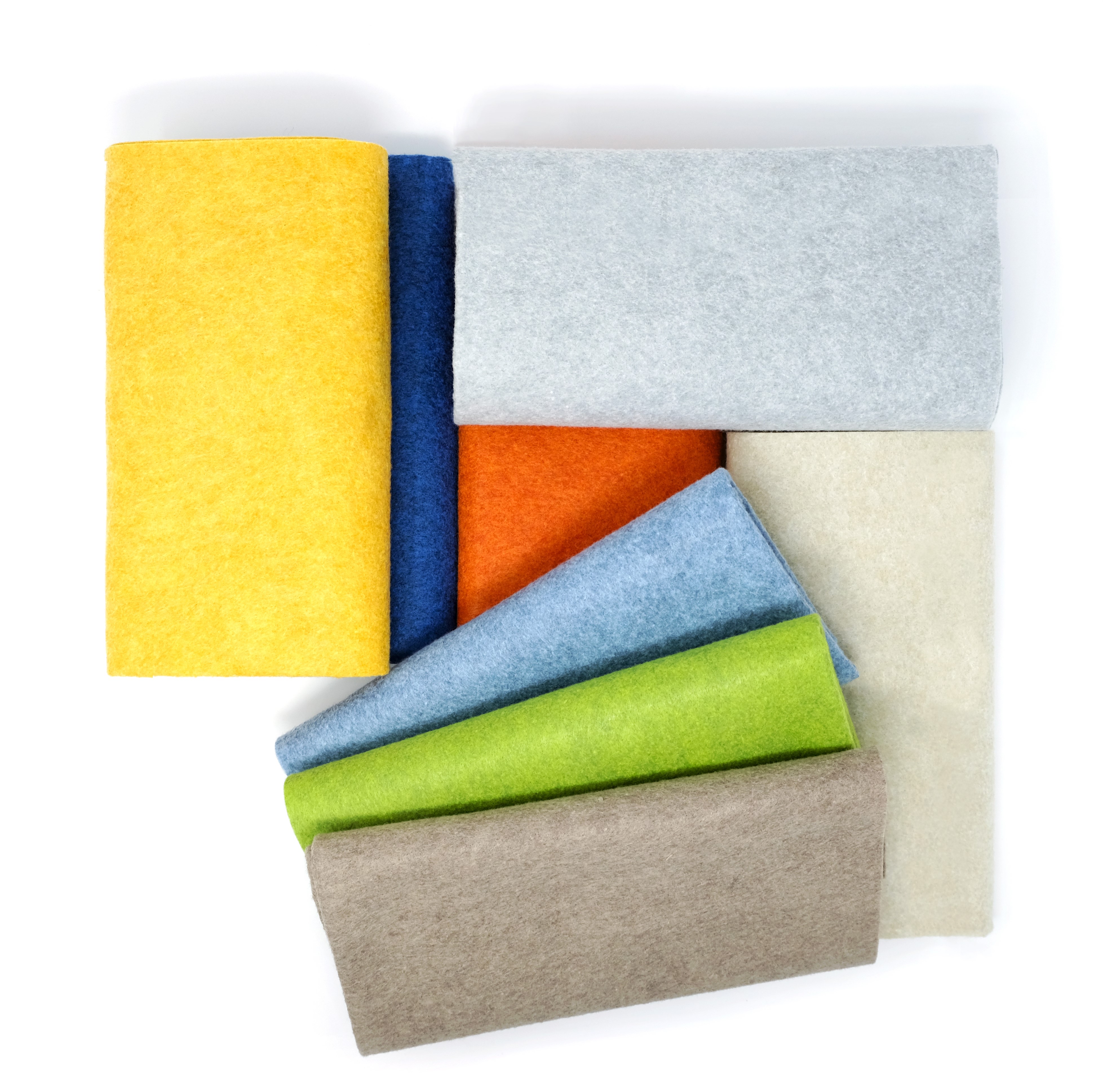Hi all I am looking at buying some fabric from guilfordofmaine.com to line a theatre room. I'll have speakers and acoustic panels behind this fabric. My hope is for this fabric to be as transparent as possible and to not do much absorbing of its own. I want the cloth "neutral" because I am going to have tons of it, and if it absorbs certain frequencies then those frequencies will get dead real quick.
I am looking at different fabrics from guilfordofmaine.com and thankfully they publish the acoustic properties of their fabrics. Here are 3 examples:



What am I looking at here?
Here are my questions:
EDIT: here might be an even better one, or maybe it is worse if I am misunderstanding everything!

I am looking at different fabrics from guilfordofmaine.com and thankfully they publish the acoustic properties of their fabrics. Here are 3 examples:
What am I looking at here?
Here are my questions:
- My impression is that I want the thick black line to be flat and right at the top, right? Meaning no absorption at any frequency.
- If this is true, then fabric number 2 appears to be best. Is this correct?
- If so, how much is the difference between fabric 2 and fabric 1? Is it significant enough to actually prefer fabric 2, or is it negligible?
- If they're different then why is the NRC seemingly the same?
- How does the NRC work in this case? I'm a bit confused.
EDIT: here might be an even better one, or maybe it is worse if I am misunderstanding everything!
Last edited:

